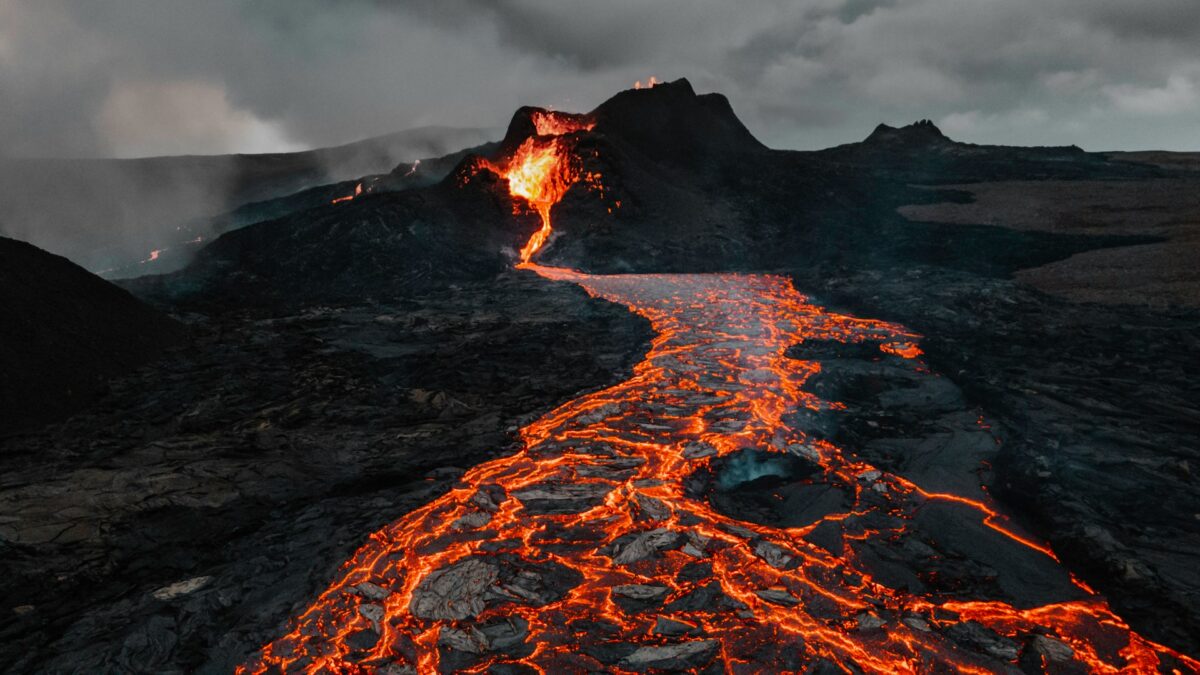Well, it looks like Mother Nature might have some explosive plans in the coming weeks. Scientists are now warning that Mount Spurr in Alaska, one of America’s most volatile volcanoes, is likely to erupt soon, and let’s just say—this isn’t the kind of “climate change” the left is always screeching about.
Mount Spurr, a massive stratovolcano located just 80 miles from Anchorage, has been showing all the signs of waking up. The Alaska Volcano Observatory (AVO) recently reported significantly increased gas emissions, new fumaroles (that’s science-speak for volcanic gas vents), rising earthquake activity, and ground deformation. Translation? There’s fresh magma moving around beneath the surface, and when that happens, an eruption usually isn’t far behind.
https://twitter.com/TheCalvinCooli1/status/1900017844298956871
The experts are saying we could be looking at an eruption in the next few weeks or months—possibly even sooner if activity ramps up. And history tells us that when Mount Spurr erupts, it doesn’t do it quietly. The last big eruption in 1992 shot an ash cloud 65,000 feet into the sky, disrupting air travel, covering parts of Alaska in volcanic dust, and making life pretty miserable for anyone caught in its path. That eruption lasted several months, with three major explosive events between June and September.
And if you think this is just some random geological blip, think again. Alaska sits on the Pacific Ring of Fire—one of the most seismically and volcanically active regions on Earth. The state is home to 90 active volcanoes (yes, 90), including Mount Redoubt, Augustine Volcano, and Novarupta, which, in 1912, produced the largest eruption of the 20th century. That one dumped ash so thick it turned daylight into darkness and permanently reshaped the landscape.
Now, before the doomsday crowd starts panicking, let’s keep this in perspective. Scientists believe the most likely scenario is an eruption similar to the ones in 1953 and 1992—short-lived but powerful explosive events that could send ash plumes for hundreds of miles. Worst-case scenario? A bigger, more prolonged eruption that could seriously impact air travel, the environment, and daily life in southcentral Alaska.
For now, scientists are watching closely, and they expect to see even more seismic activity and gas emissions before the big event. In other words, if you live near Anchorage, maybe keep a mask handy—not for COVID this time, but for actual ash in the air.




Leave a Comment